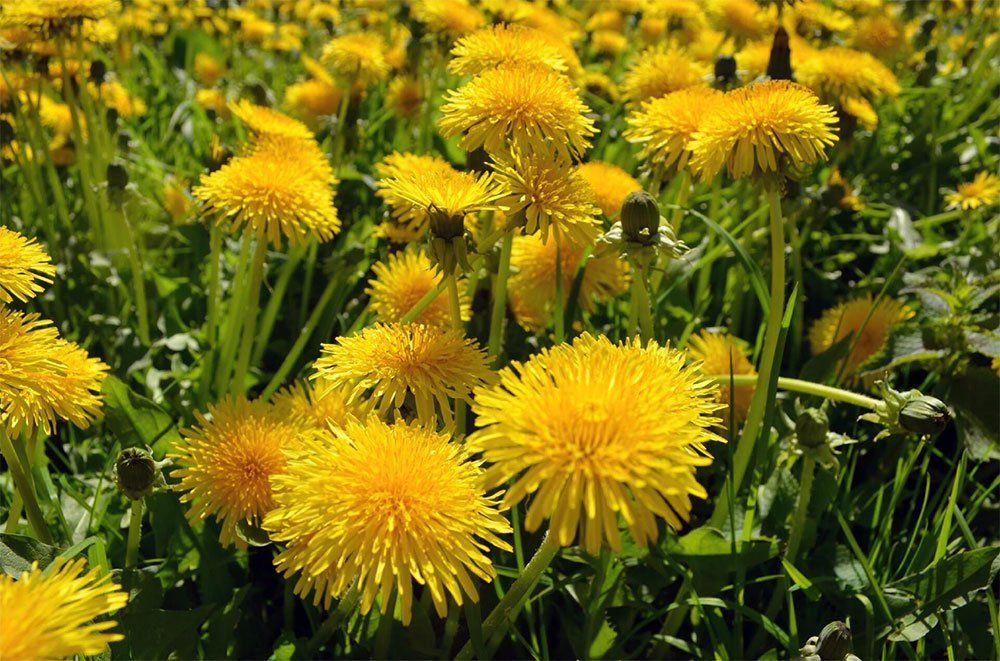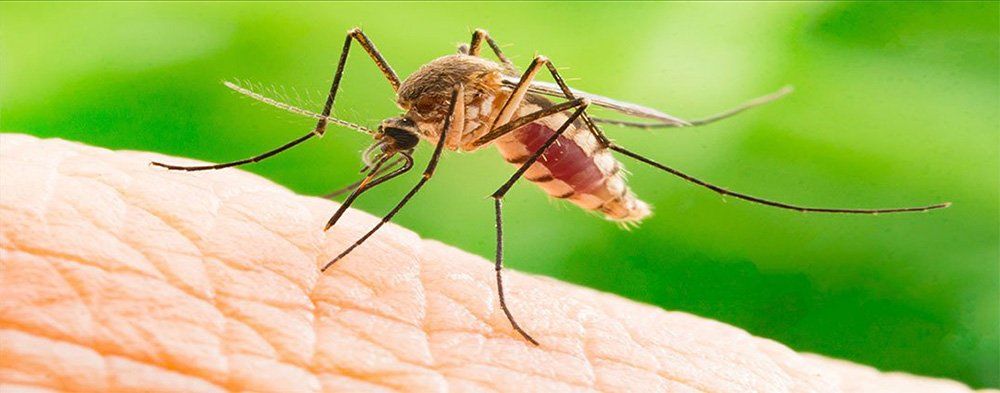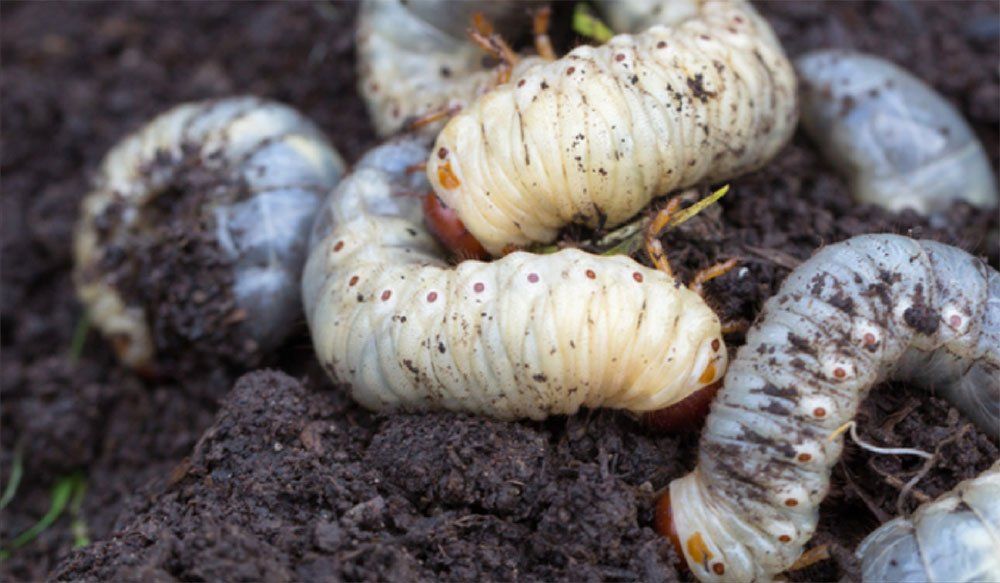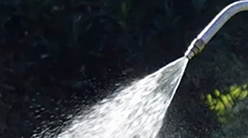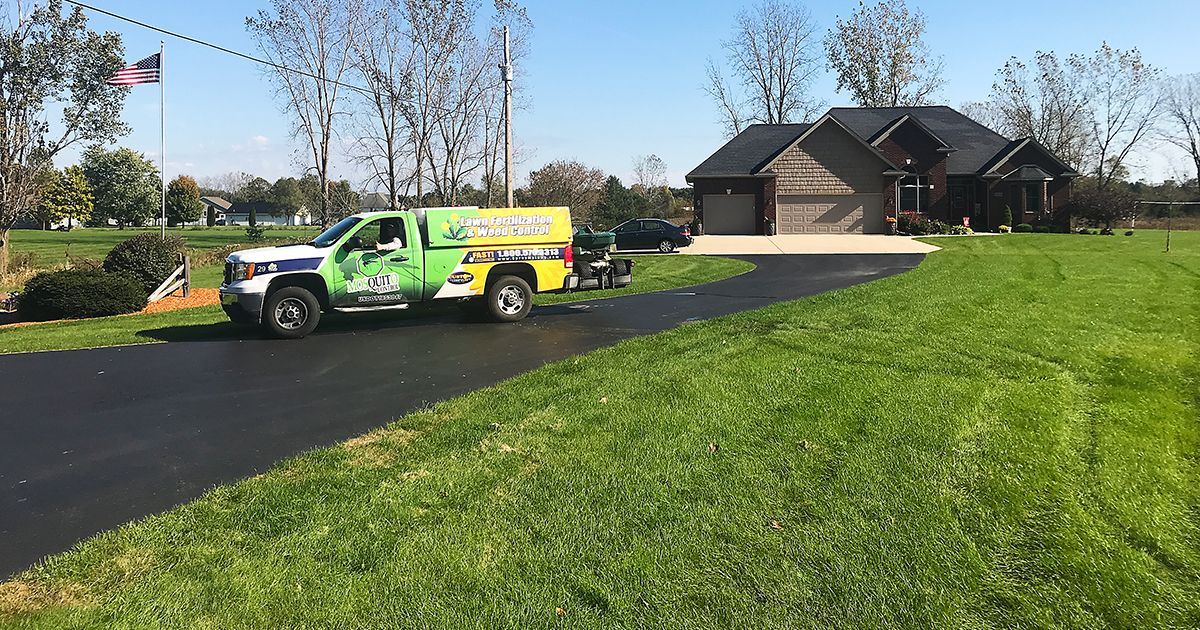With winter upon us and spring just around the corner, it’s time to start thinking about the lawn again. In the late winter and early spring, as snow begins to melt, it’s not uncommon to find spots of snow mold throughout the lawn. Knowing how to identify, treat, and prevent snow mold in your lawn is essential to give your grass a healthy start to the growing season. Here are a few snow mold tips to keep your lawn healthy.
How Do I Identify Snow Mold?

Snow mold is a cold-weather fungal infection that affects cool-season lawns in the late winter and early spring. It forms under the snow, in thick, matted grass and can spread throughout the lawn. Snow mold forms quickest when snow falls on the unfrozen ground or when temperatures regularly hover above 30 degrees. Often times, you won’t know there’s a problem until the snow finally melts. There are two different types of snow mold, one of which is much more dangerous than the other.
Gray Snow Mold (Typhula Blight)
If you have to choose between the two types of snow mold, gray snow mold is the one you want. Gray snow mold is far less threatening to your grass. This type of mold forms as circular patches of straw-colored or gray grass. The patches of gray snow mold are typically between 6 – 12 inches in diameter but can get as large as 24 inches. You’ll see gray mycelium around the border of the affected turf.
Pink Snow Mold (Microdochium Patch)
Pink snow mold is a whole different story. This voracious fungus can cause damage to grass roots and the crown, effectively killing off your turf. Pink snow mold appears as circular patches of red, brown, or copper-colored matted-down grass. Under the snow, the patches can be as large as 24 inches in diameter, but they are typically between 1 – 8 inches. Pink snow mold can be identified by the pink mycelium that forms around the edge of the affected turf.
How Do I Treat Snow Mold?
One of the most important snow mold tips is to remember that this is a fungus. As a fungus, snow mold relies on moisture and the right temperatures to continue growing, thriving, and spreading. For gray snow mold, treatment is fairly easy. Use a rake to aerate the area of affected turf. This loosens up the matted-down grass and allows air to get in and dry out the fungus. Some of your blades of grass may be damaged, but the mold will quickly dry up and disappear, allowing new grass to grow in its place.
Pink snow mold, on the other hand, is a little tougher than gray snow mold. It’s a good idea to aerate the affected grass with a rake and to allow the grass to dry out, but you may need to rely on fungicide applications to truly eliminate the mold.
How Do I Prevent Snow Mold?
As with most lawn problems, the best way to control snow mold is by preventing it altogether. Preventing snow mold requires consistent lawn care throughout the year to help produce the healthiest turf possible. A thick, healthy lawn is far less likely to develop lawn diseases, pests, and fungus, like snow mold.
In the fall , it’s important to stop using nitrogen-rich fertilizer towards the end of the season as this will cause your grass to continue growing and can feed the fungus. It’s also important to mow your lawn one last time before the first snow or frost because long grass becomes matted much easier and this creates the perfect environment for snow mold. Make sure you get rid of any piles of leaves or lawn debris before the snow hits too, as this is the perfect starting place for snow mold.

Throughout the winter
, try to avoid piling your snow up in one area. Spreading it out evenly will help prevent snow mold because large piles of snow take longer to melt and provide more opportunity for mold to develop. When the snow starts to melt
, go around your yard and rake any areas that look matted down to allow easier airflow.
Custom Personalized Lawn Care Can Help With Your Snow Mold Problem
Here at Custom Personalized Lawn Care , we know how difficult it can be to keep your lawn healthy and beautiful all year. Snow mold in the late winter and early spring can be a real pain to you and your lawn. These snow mold tips can help you get the upper hand, but it’s best to trust the experts. Luckily, our lawn care program provides the treatment and monitoring needed to keep snow mold and other diseases and pests from harming your lawn.
To protect your lawn from snow mold, call us at (800) 570-3313 or request a free estimate here. Make sure you follow us onTwitter and Facebook so you can be the first to hear about our incredible deals and check out our blog for the latest tips and tricks.


